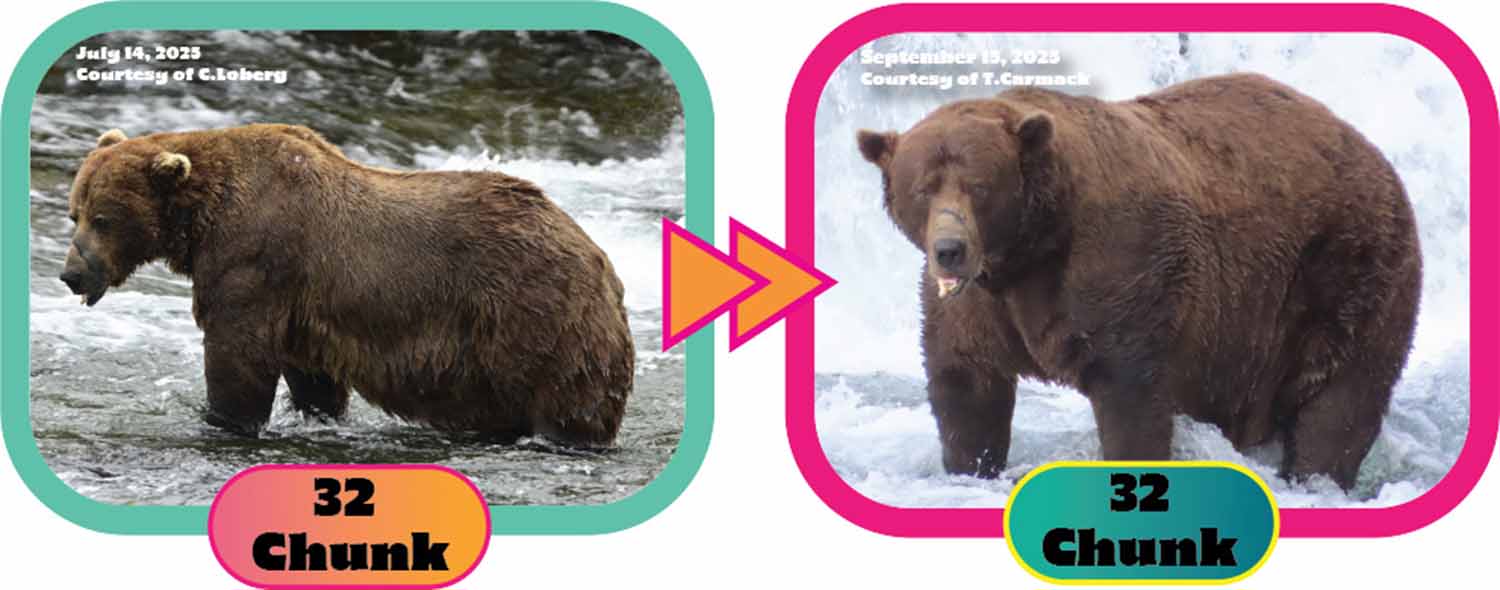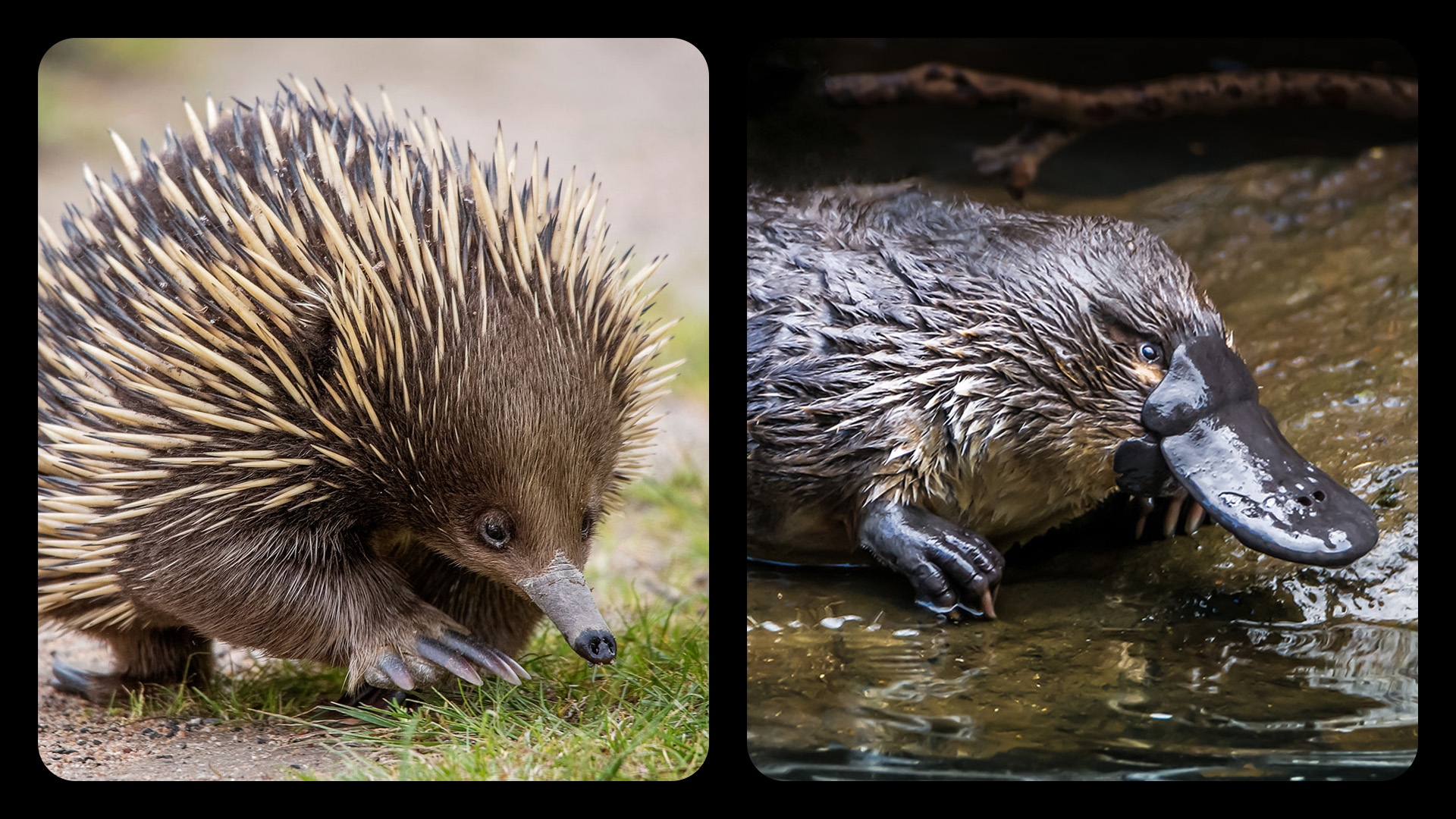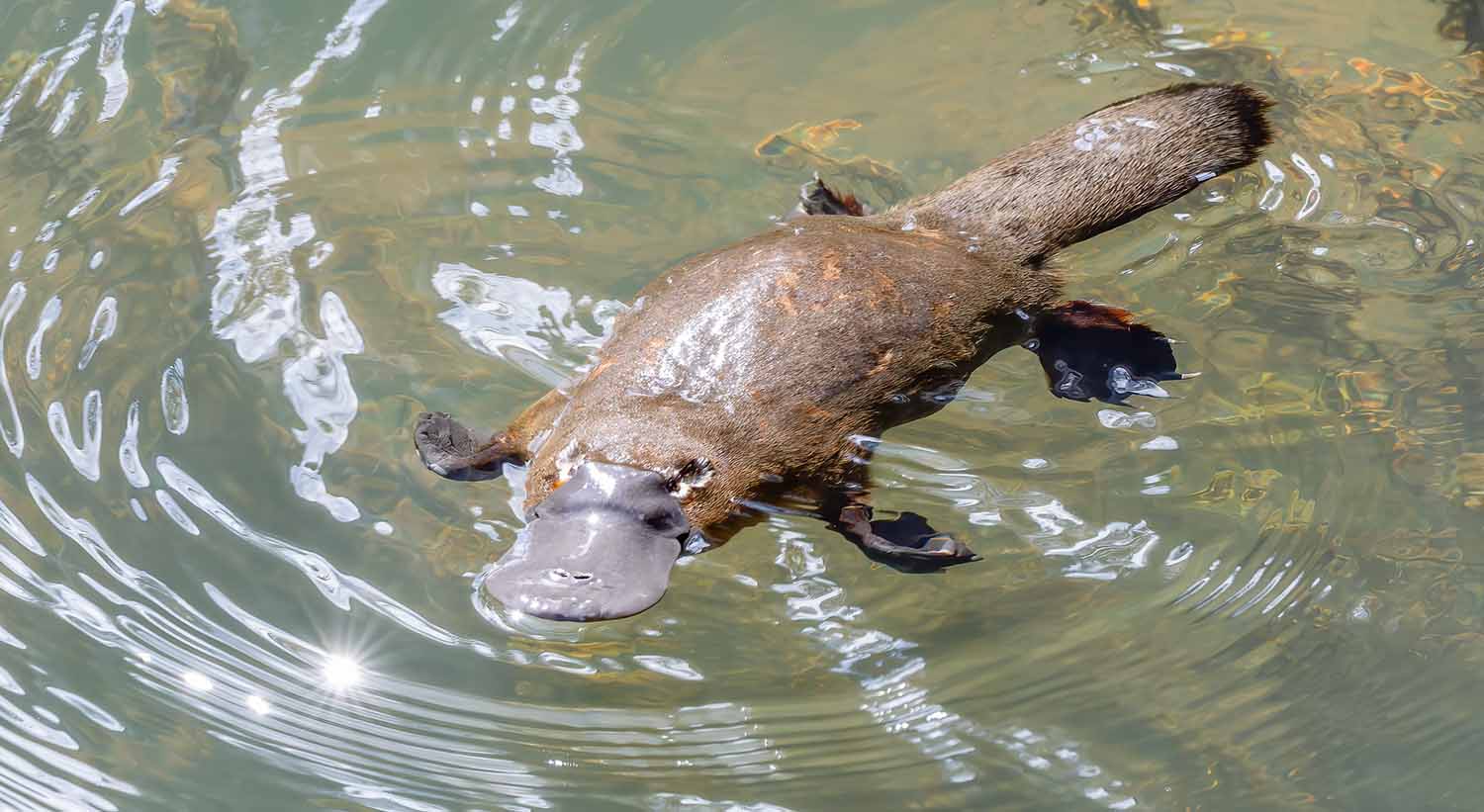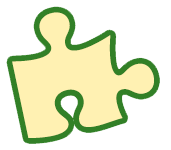Paddle Pups Are on the Job!
Two specially trained dogs are helping scientists in their effort to save an unusual animal called the platypus.
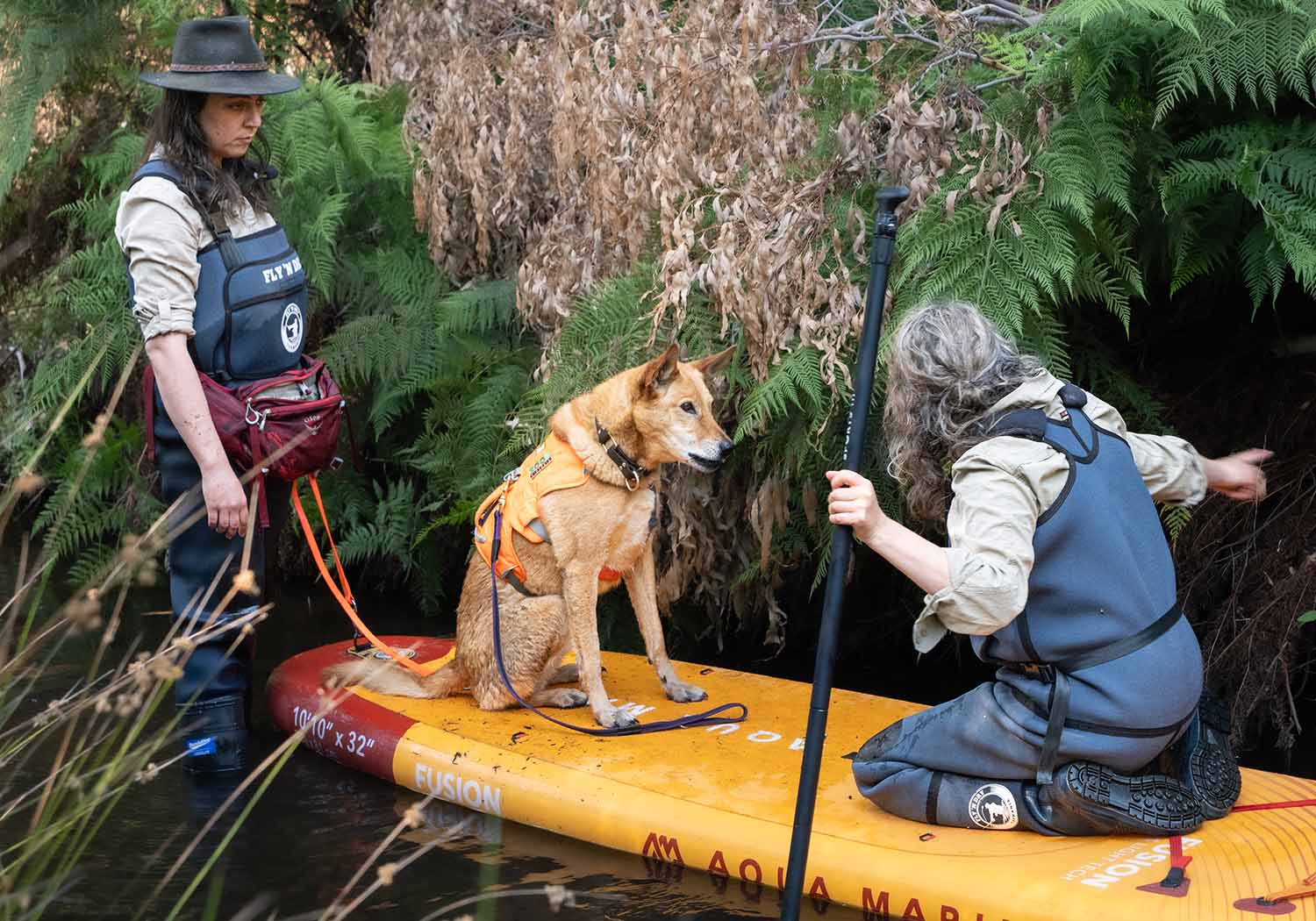
© Courtesy of Rich Hammond/Zoos Victoria
Kip, a specially trained paddle pup, gets instructions from Zoo Victoria scientists on where to look for platypus in Healesville Sanctuary, Australia.
Two dogs named Kip and Moss are trained to help scientists by using their senses of smell to track wildlife. Now the dogs are getting some on-the-job training by learning how to paddleboard. Scientists hope the “paddle pups” will help them learn more about a mysterious species called the platypus.
Found only in eastern Australia, the platypus lives in and around waterways where it feeds on insects, worms, and shellfish. Although it’s a mammal, the platypus has three duck-like features: It has a bill for a mouth, its feet are webbed, and it lays eggs instead of giving birth to live young.
Scientists say there’s still a lot to learn about the platypus. For example, they’ve never even seen one lay an egg in the wild, according to Jessica Thomas, a platypus specialist at Healesville Sanctuary, a zoo near Melbourne, Australia.
“[Platypuses] spend their time underwater and underground and they’re also nocturnal, so they’re quite challenging just to observe,” Thomas told the Australian Broadcasting Corporation.
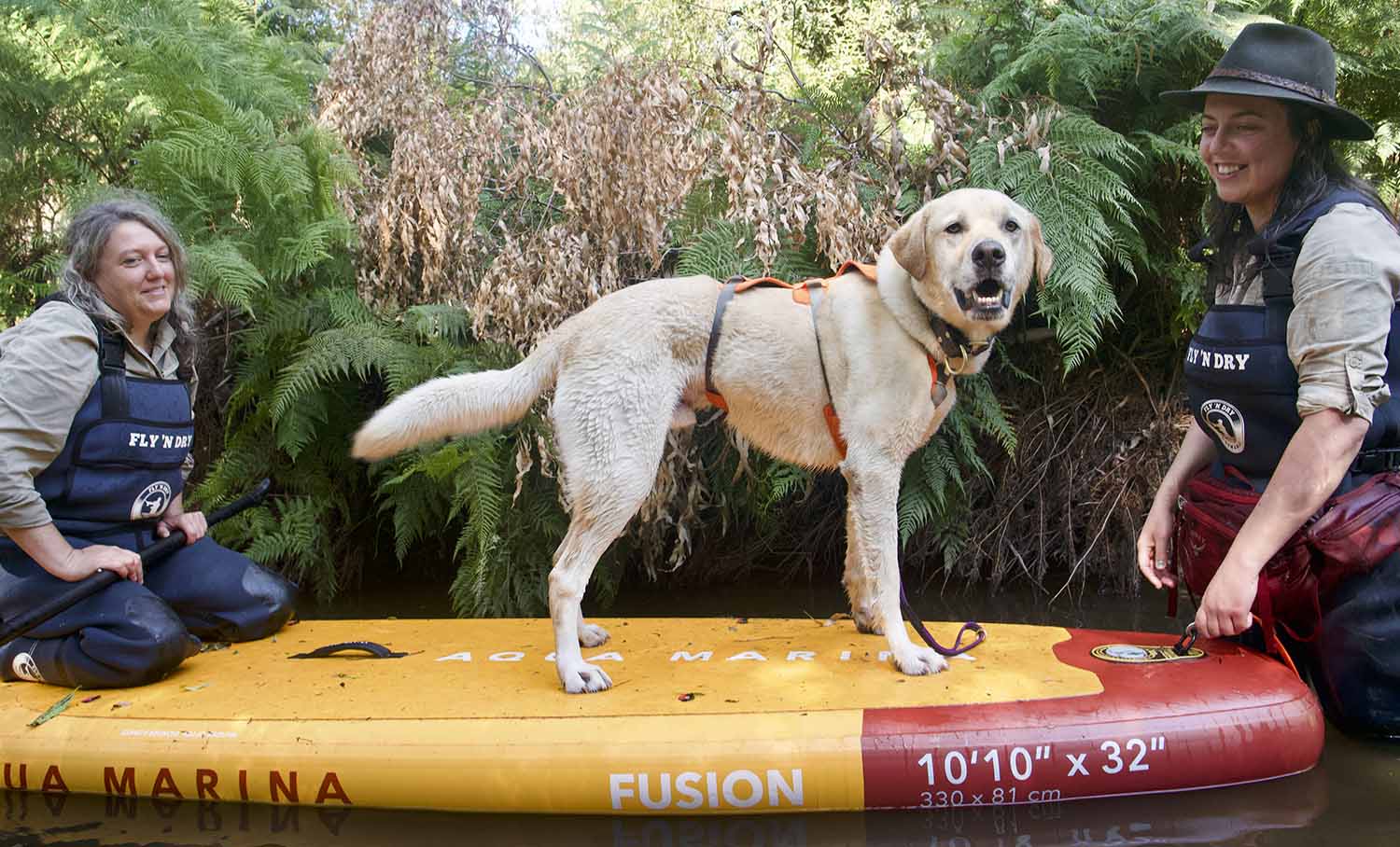
© Courtesy of Rich Hammond/Zoos Victoria
Moss, a dog that is trained to find wildlife, is learning how to do his job on a paddleboard.
Studying the platypus is more urgent than ever. The platypus population has become threatened in recent years due to pollution, loss of habitat, and climate change. Observing the daily life of the platypus could give scientists the knowledge they need to help this species. Kip and Moss, who are members of Zoo Victoria’s Wildlife Detection Dog Squad, may be able to help.
The two dogs have already loaned their keen senses of smell to studies of the broad-toothed rat, the Baw Baw frog, and the grassland earless dragon (a lizard), all of which are threatened in Australia. Kip, in particular, is an expert at sniffing out the burrows where platypuses sleep and raise their young. The paddleboards, which Kip and Moss ride with the help of human scientists, enable the dogs to find burrows in areas they might not be able to reach on foot.
“This paddleboard has been a game changer for us,” said Healesville Sanctuary scientist LaToya Jamieson. “We’ve been working with our detection dogs on platypus for several years now and, particularly in the high rainfall years, we’ll have a lot of burrows that we simply can’t [reach without paddleboards].”
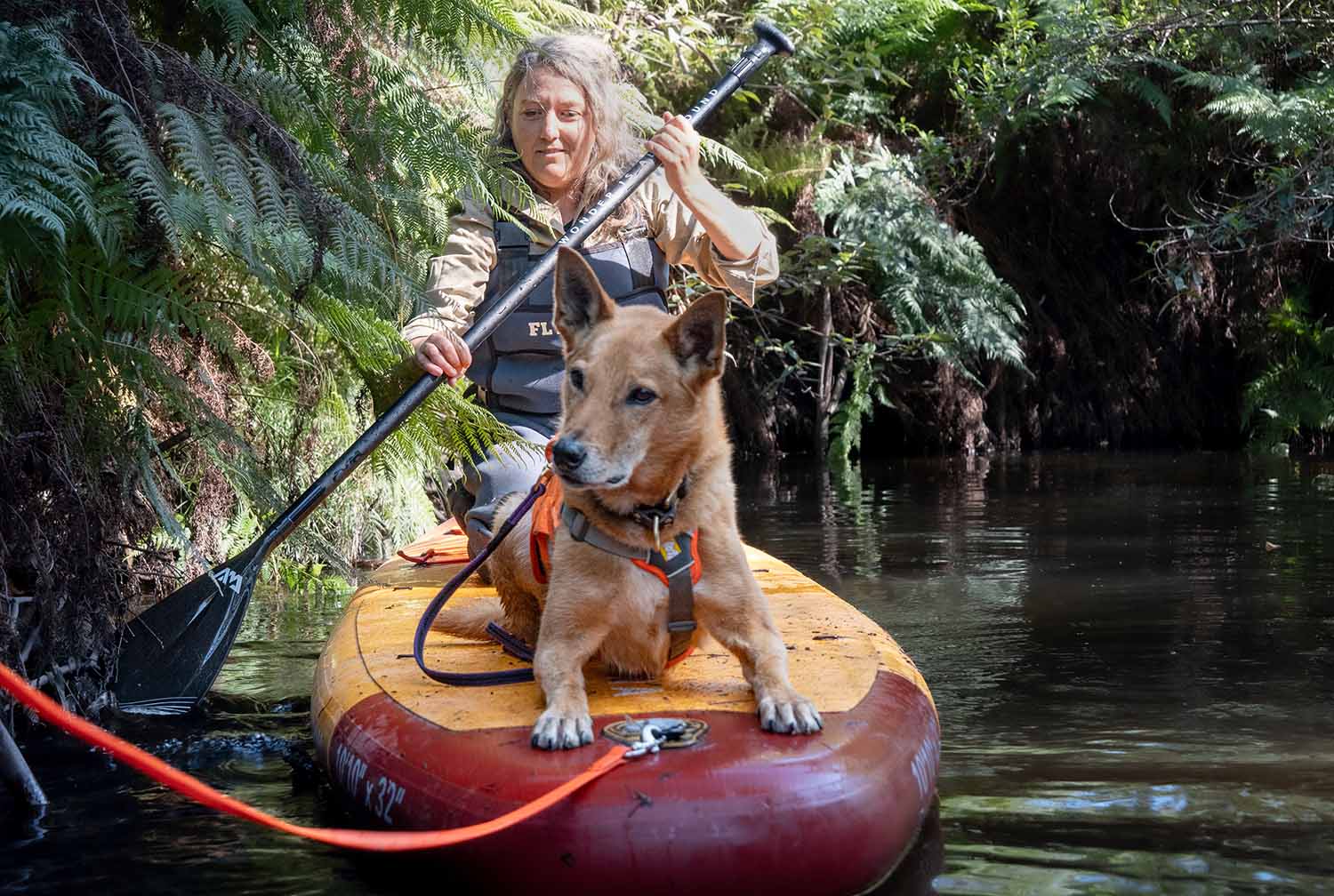
© Courtesy of Rich Hammond/Zoos Victoria
Kip and his human coworker move through a creek in search of platypus.
